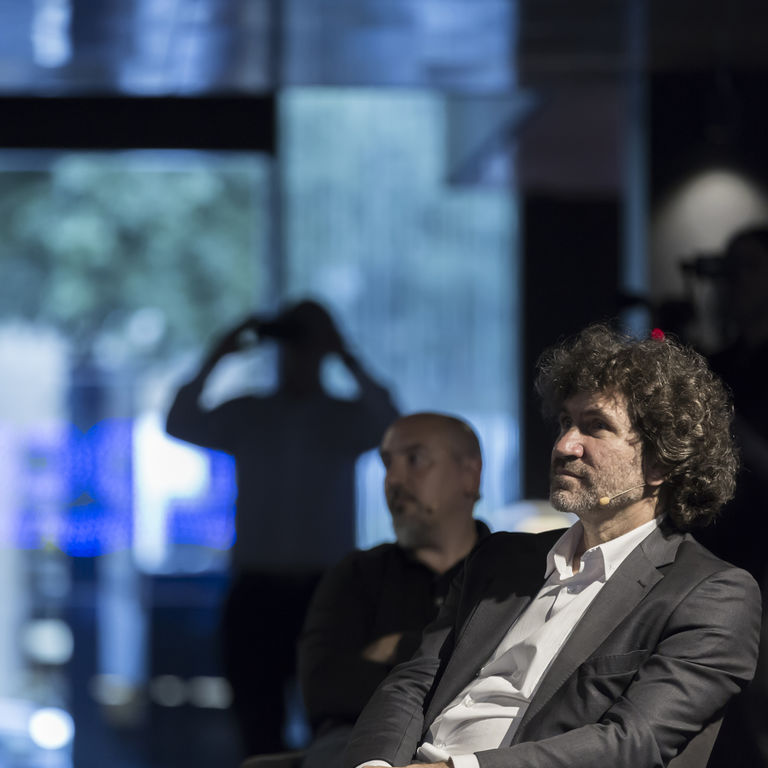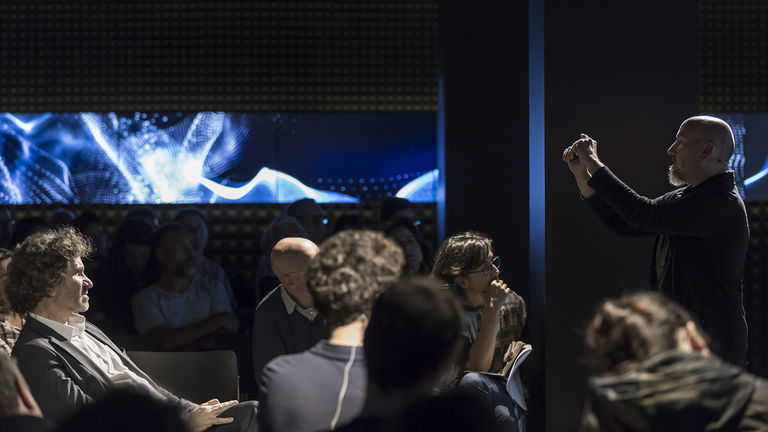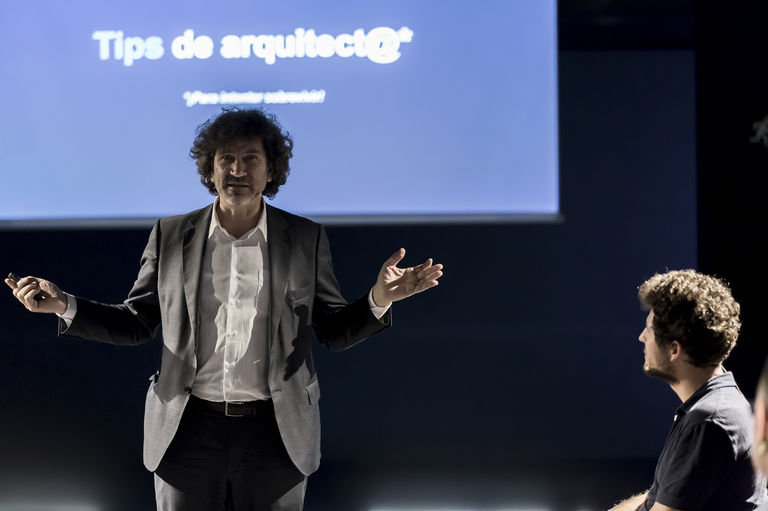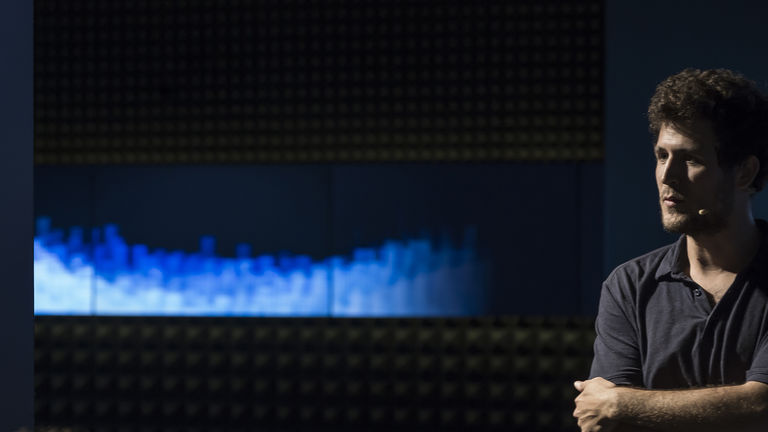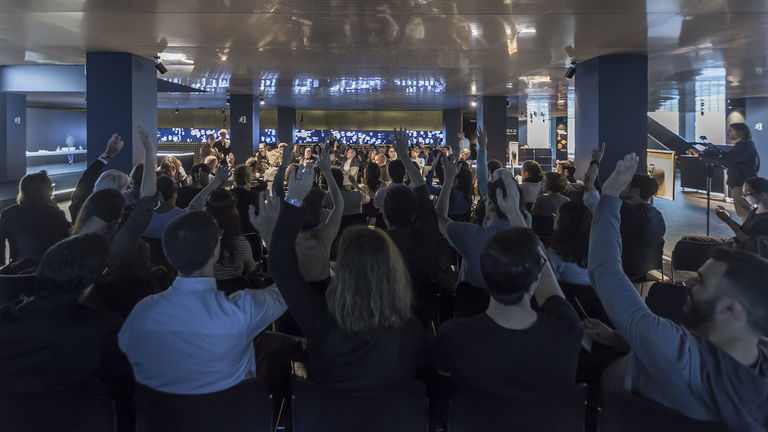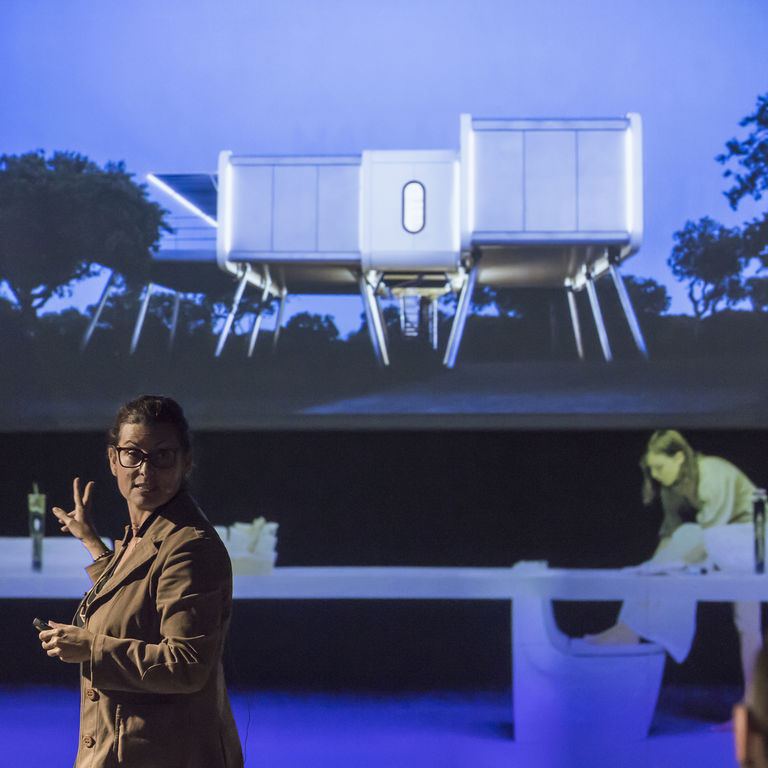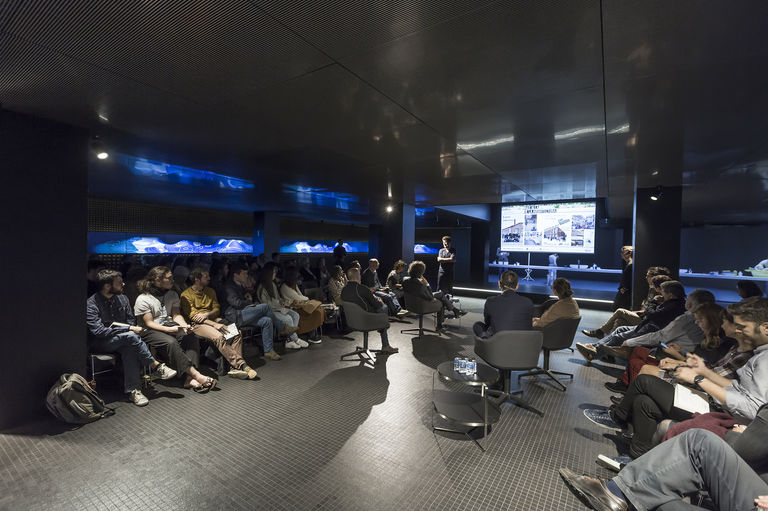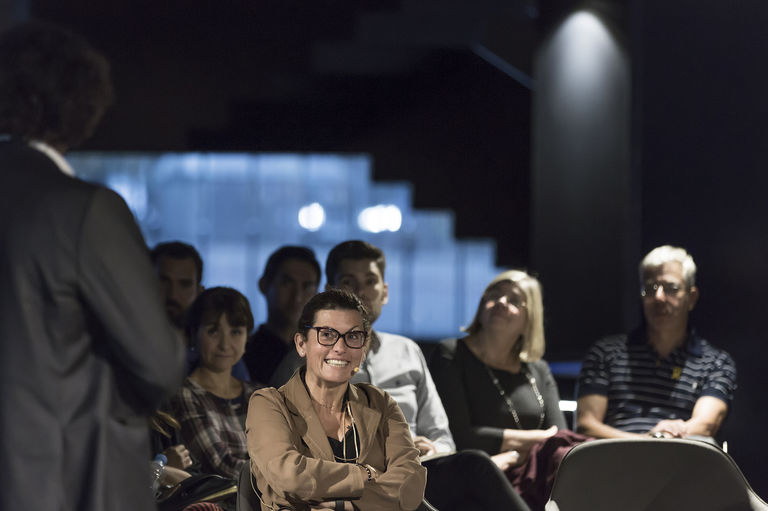All this analysis concludes that workers with fewer qualifications will be directly replaced by machines - something that is already happening.
We can see this in McDonald’s with food now being ordered directly from a screen and in a couple of years, presumably, taxis will be replaced by autonomous vehicles and what then for taxi drivers?
So how is this process going to affect Architects?
Apparently highly creative professions will be more resilient and their employability rate will resist the worst effects of digitalisation. Despite this, many young architects are desperately upgrading their skillsets rather than choosing to develop their creative attitude. The reality is that being like machines is not the right way to beat them.
Although it is quite true that architecture is a hybrid discipline between creativity, science and technology, the latter is a natural field for machines, and I’m convinced that it is here where we will find the biggest professional replacement. Architects wanting to survive the digital tsunami must reinforce the creative side of the profession. Having this premise in mind, here are my seven tips to last a bit longer as an Architect – although of course, I have no idea for how long!
